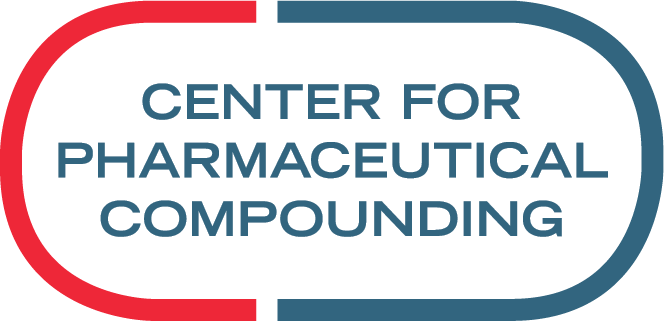Why Oxytocin Is a Helpful Hormone
Why Oxytocin Is a Helpful Hormone
By Devaki Lindsey Berkson
Oxytocin has classically been regarded as a pregnancy and lactation hormone. It’s also infamous as the “cuddle chemical” since it is released during orgasm and tends to bind couples together emotionally—alas, more in ladies than gents.
But oxytocin, it turns out, is much more.
At the 2018 International Seminar, I taught a lucky audience of compounding pharmacists, pharmacy technicians and marketers, and physicians how this “neuropeptide of attachment” could be used clinically for a variety of conditions. They learned a wide array of oxytocin basics and clinical applications along with delivery modes and dos and don’ts. Here is a brief glimpse at some of the information I shared.
Basic Physiology
Many hormones send signals to receptors. Receptors are proteins in the shape of satellite dishes designed to receive hormone signals and deliver them to genes to turn “on” or “off” actions related to these hormonal messages.
Wherever the human body has receptors, hormones act. Tissues containing receptors are greatly influenced by the hormones that signal these receptors. These tissues are called target tissues.
Oxytocin has target tissues all over the human body, not just in the uterus and breast. Looking at where oxytocin receptors live within the human body—where target tissues lie in wait for signals—starts to give us an understanding of oxytocin’s widespread potential use clinically.
Oxytocin Target Tissues
Oxytocin receptors live in and thus influence:
- The brain, especially overlapping areas that stimulate parasympathetic and vagal actions
- Areas of the brain and nervous system that affect pain, both emotionally and physically
- Satiety centers of the brain to help with appetite control
- Muscles, to protect them from loss of mass
- The lower esophageal muscle, and therefore potentially reflux
- Alpha and beta cells of the pancreas, and therefore potentially metabolic syndrome and blood sugar control
Oxytocin also overlaps with estrogen-receptor-β receptors that help control out-of-control growth as well as anxiety and pain. You could say that oxytocin acts like a hormonal L-theanine.
Clinical Considerations
During my talk—in which I combined clinical information and a dash of entertainment—the audience also learned how oxytocin replacement might be considered clinically for:
- Emotional and physical pain, including back pain and pelvic pain
- Brain injury
- Vestibulopathies
- Migraine
- Mood dysregulation related to depression, bipolar disorder, ADHD, schizophrenia or autism
- Post-traumatic stress disorder
- Heart rate variability issues
- Appetite suppression and weight control
- Reducing cravings for sweets like sugar
- Gut disorders
- Metabolic syndrome
- Sex drive issues, sexual dysfunction, erectile dysfunction and orgasm enhancement
- Vaginal lubrication and orgasm enhancement specifically for high-risk women
- Atrophic vaginitis
- Bone health
- Sarcopenia
Finally, I let the audience know that they would never think about orgasms in the same way again. Nature never does anything without a reason. She wants humans to live long and act in ways that release oxytocin regularly to protect all the many tissues that have receptors to receive its beneficial signals.
Devaki Lindsey Berkson, DC, MA, CNS, DACBN, ACN, is a well-respected nutritionist and hormone research expert with a diverse background of clinical experience. She is the best-selling author of 21 books on health and nutrition, many with a focus on hormones. Access her podcast, blog, and more at drlindseyberkson.com.
PCCA members can find more information about compounding with oxytocin here. For questions about oxytocin, members can contact our Clinical Services Department at 800.331.2498.
A version of this article was originally published the Fall 2018 issue of the Apothagram, PCCA’s members-only magazine.
The views and therapies expressed in the above article are those of the author and may not be endorsed by PCCA. The statements are provided for educational purposes only. They have not been evaluated by the Food and Drug Administration, and are not to be interpreted as a promise, guarantee, or claim of therapeutic efficacy or safety. The information contained herein is not intended to replace or substitute for conventional medical care, or encourage its abandonment.



